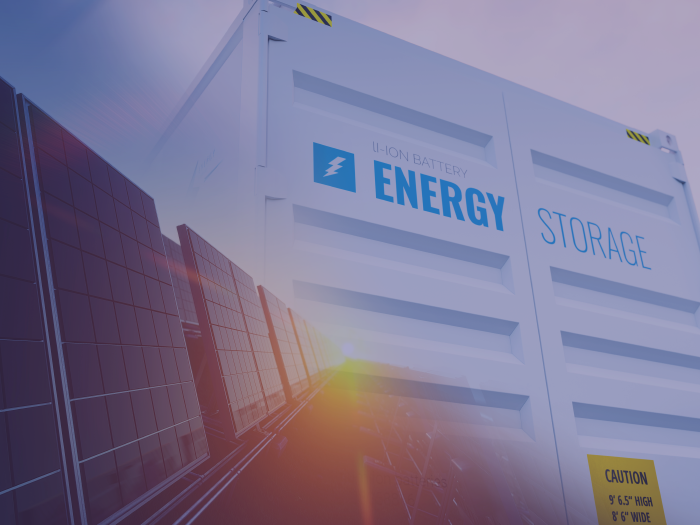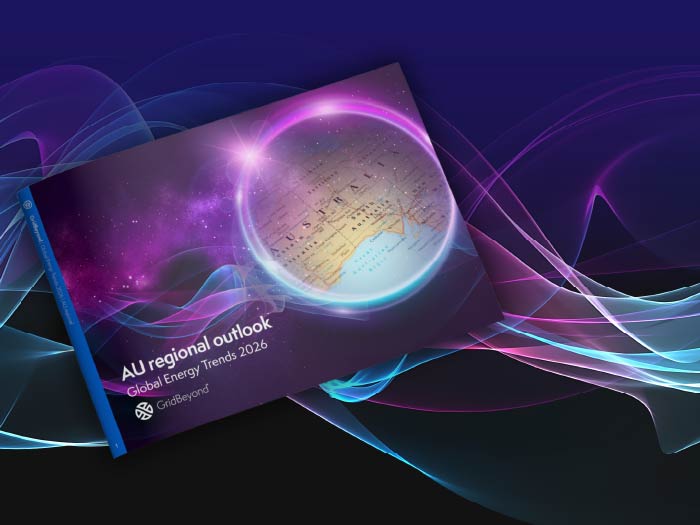News
better business decisions
Posted 1 year ago | 2 minute read

VPP, microgrid, DERs and DERMS…what are they?
As the power sector globally moved towards increasingly decentralised assets terms such as microgrids, virtual power plants (VPPs), distributed energy resources (DERs) and distributed energy resource management systems (DERMS) are becoming commonplace. These terms are all related to modern energy systems that focus on decentralizing power generation, improving grid stability, and integrating renewable energy sources. But what the difference between them?
Microgrids
A microgrid is a self-contained power grid that can operate independently or in connection with the larger grid. It generally consists of local energy sources and is designed to serve a specific area, such as a neighbourhood, campus, or industrial facility. Microgrids can disconnect from the grid during outages, ensuring continuous power in a localized area.
Virtual Power Plants (VPPs)
A virtual power plant (VPP) is a network of decentralised energy resources (DERs) such as solar panels, wind turbines, batteries, and demand response assets, that are controlled through a central system. The VPP aggregates these resources to act like a single power plant, selling electricity back to the grid or providing power during peak demand.
Distributed Energy Resources (DERs)
Distributed energy resources (DERs) are assets that generate or store electricity close to where it’s used. These can include solar panels, wind turbines, battery storage, electric vehicles (EVs), and combined heat and power (CHP) systems.
Unlike traditional power plants, DERs are typically installed on or near the consumer’s premises, reducing transmission losses and improving energy efficiency.
Distributed Energy Resource Management Systems (DERMS)
A distributed energy resource management system (DERMS) is a software platform that manages and optimises the operation of various DERs across a grid or network. It helps balance supply and demand, ensures efficient integration of DERs with the larger grid, and maintains stability. DERMS can be used in combination with VPPs or microgrids to optimise the performance of distributed energy assets.
In summary
- Microgrids focus on localised energy systems that can operate independently or alongside the grid
- VPPs aggregate and control multiple DERs over a wider area to function as a single power generation unit
- DERs are the individual energy sources themselves, such as solar panels or batteries
- DERMS is the system used to manage and optimise the performance and integration of these distributed energy resources
Each plays a crucial role in moving towards a more decentralised, resilient, and renewable-based energy system.

Harnessing the power of battery energy storage systems to optimise solar utilisation- White Paper
Solar energy presents a significant opportunity for both residential and commercial entities to reduce their carbon footprint and energy costs. But, one of the challenges with solar energy is managing the excess power generated during peak sunlight hours.
Learn more





